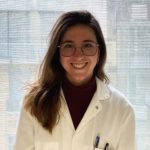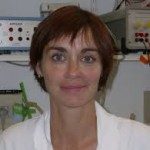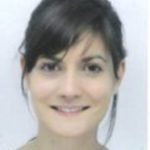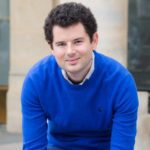Link to Pubmed [PMID] – 35891471
Link to DOI – 10.3390/v14071491
Viruses 2022 07; 14(7):
Serological assays capable of measuring antibody responses induced by previous infection with severe acute respiratory syndrome coronavirus 2 (SARS-CoV-2) have been critical tools in the response to the COVID-19 pandemic. In this study, we use bead-based multiplex assays to measure IgG and IgA antibodies and IgG avidity to five SARS-CoV-2 antigens (Spike (S), receptor-binding domain (RBD), Nucleocapsid (N), S subunit 2, and Membrane-Envelope fusion (ME)). These assays were performed in several cohorts of healthcare workers and nursing home residents, who were followed for up to eleven months after SARS-CoV-2 infection or up to six months after vaccination. Our results show distinct kinetic patterns of antibody quantity (IgG and IgA) and avidity. While IgG and IgA antibody levels waned over time, with IgA antibody levels waning more rapidly, avidity increased with time after infection or vaccination. These contrasting kinetic patterns allow for the estimation of time since previous SARS-CoV-2 infection. Including avidity measurements in addition to antibody levels in a classification algorithm for estimating time since infection led to a substantial improvement in accuracy, from 62% to 78%. The inclusion of antibody avidity in panels of serological assays can yield valuable information for improving serosurveillance during SARS-CoV-2 epidemics.









